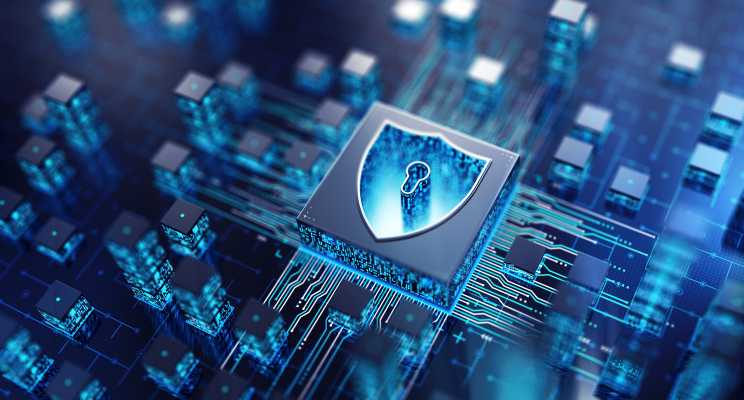Physical Address
304 North Cardinal St.
Dorchester Center, MA 02124
Physical Address
304 North Cardinal St.
Dorchester Center, MA 02124

Cyber threats in 2025 are more advanced than ever—AI phishing, deepfake fraud, and quantum hacking top the list. Learn how to prevent these risks and protect your digital assets.
Cybersecurity has become a major concern for organizations in recent years due to rapid technological advancements. Today, the need for evolving digital security has become important due to the new-age AI-driven attacks, sophisticated ransomware, cloud security weaknesses, quantum computing risks, etc.
Taking measures for revamping cybersecurity helps organizations prevent losses of the employee’s personal & financial information, fines & penalties from the authorities for not safeguarding the customer’s data appropriately, and enhance the credibility of the enterprise.
According to a Statista report, 3,205 cases of data breaches were reported in 2023 and impacted more than 353 million individuals in the US alone. But, before going ahead we must understand the definition of cybersecurity.
Cybersecurity refers to measures taken to prevent unauthorized access, data manipulation, and theft. It also encompasses safeguarding networks, computer systems, and data from malware, data breaches, and phishing attacks.
While cybersecurity is being revolutionized by artificial intelligence (AI), cybercriminals are also using AI maliciously. It is getting harder to identify deepfake frauds, AI-powered phishing scams, and autonomous malware. The 2025 report from Europol claims that AI has greatly improved organized crime, resulting in more accurate and destructive attacks against people, companies, and governments.
How to Prevent It:
Conventional encryption techniques may be at risk from quantum computing. The cryptographic security that safeguards sensitive data may eventually be breached by these computers as they develop. It is stressed that urgent action is required to protect sensitive data, even though some reports indicate that it may take decades for quantum computers that can crack high-security encryption to develop.
How to Prevent It:
Ransomware is still a serious threat, and attackers are now encrypting data and threatening to release private information in a tactic known as double extortion. Due to heightened law enforcement efforts and enhanced international cooperation, the ransomware landscape underwent substantial changes in 2024, with a roughly 35% decline in total ransom payments.
How to Prevent It:
Cybercriminals are increasingly using third-party vendors to target organizations. Widespread data breaches may result from attackers gaining access to a larger network through a single compromised supplier. The significance of safeguarding the software supply chain is highlighted by recent events, such as the supply chain compromise of a third-party GitHub Action.
How to Prevent It:
As biometric authentication has become more popular, cybercriminals are now focusing on databases that contain fingerprint, facial recognition, and iris scan information. Biometric data breaches are especially dangerous because, unlike passwords, they cannot be altered once they are compromised. The dangers of biometric data are brought to light by high-profile breaches, like the 2015 U.S. Office of Personnel Management incident that revealed the fingerprint information of more than 5.6 million government workers.
How to Prevent It:
In order to combat changing threats, cybersecurity in 2025 requires proactive approaches. Businesses should switch to quantum-resistant encryption, implement AI-driven security solutions, and create robust backup and disaster recovery strategies.
Preventing cyberattacks will require bolstering supply chain security and safeguarding biometric data. Maintaining a safe online environment will require staying informed and adjusting to emerging threats.
In an increasingly complicated cyber environment, companies and individuals can lower their cybersecurity risks and protect their digital infrastructure by putting these precautions into practice.